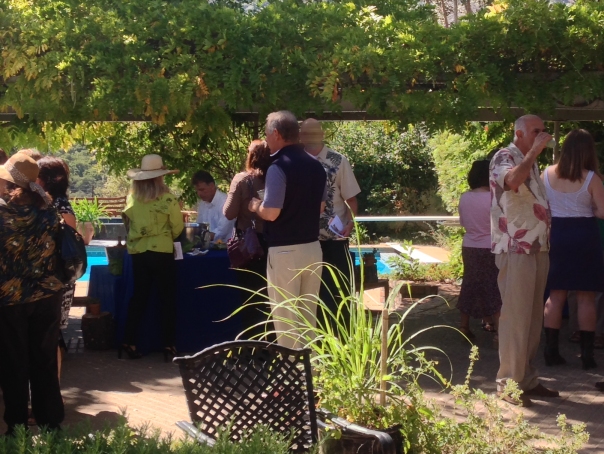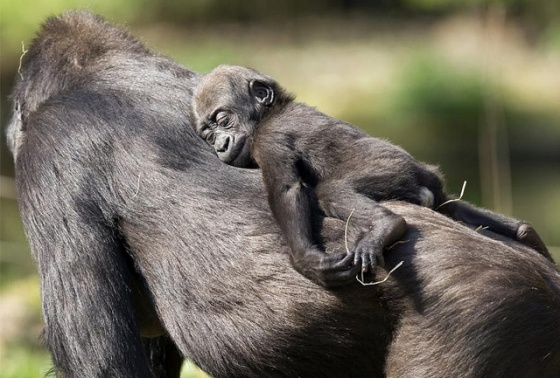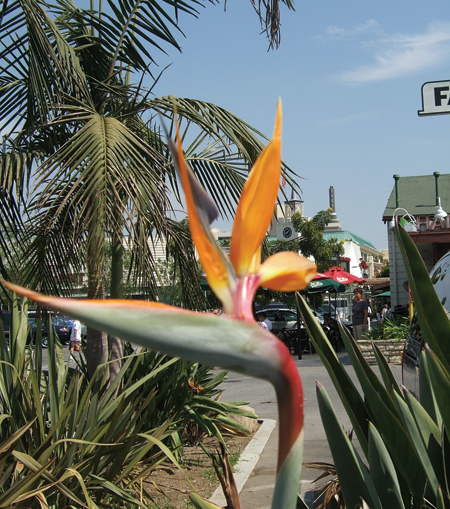
Brandon Wiggins, Science Writer at Large
Out on the town on a Friday night? Celebrating your big corporate promotion as a project developer in a green company? Perhaps putting a rough week to bed? Maybe your mother-in-law is—well, just who she is…
Here is a way to help the environment, and your future sustainability with no sacrifice on your part.
Let’s say you intend on having more than one cocktail (as if you were going to only have one). After we get past the bartender insisting that you need a straw like you were two years old, ask that your next drink be provided in the same glass with the same ice.
After the look of incredulity from the bartender, you explain that the ice has been “marinated” and since you are having the same drink and possess the same germs, it saves fresh water if you re-use your glass, both for the water used for washing and ice creation.
The reality is that for every glass washed in every bar (let’s just leave out restaurants, diners, etc. for mathematical purposes) a minimum of .2 gallons of fresh water is used to wash them. If you add in the electricity (often provided by polluting sources, i.e. coal or nuclear power, etc.) to heat the water, the detergent used to disinfect, the chemicals needed to treat the water, the sewer runoff into the bay, and a myriad of other toxic and semi-toxic scenarios, the well-intended bartender has unnecessarily harmed the planet.
Changing glasses is a cultural habit that became ingrained somewhere in the mid twentieth century. Cowboys in the Old West used the same shot glass and bootleggers undoubtedly clinked multiple use vessels.
So next time you belly up—speak up for a positive change in our beverage consuming existence. It is up to us to change the culture—one cocktail at a time.



